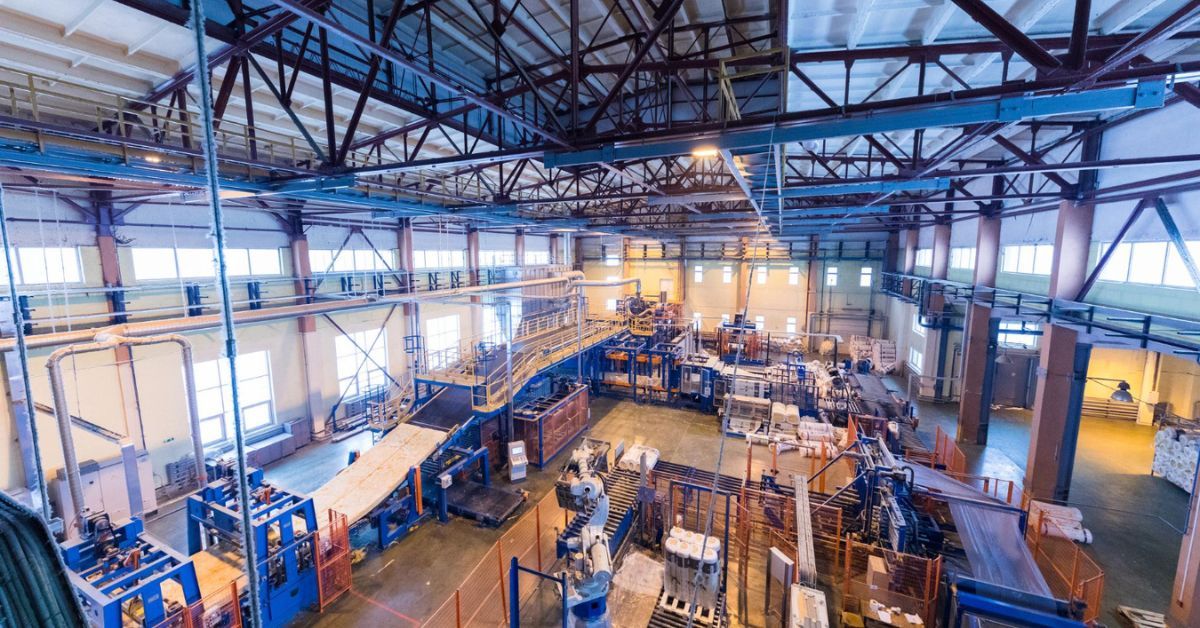With leasing volumes rising by 50% year over year to 16.7 million square feet in the first quarter of 2025, India’s warehouse industry is seeing a robust comeback. A revitalized manufacturing base and the revival of the e-commerce industry are driving this rise, demonstrating strong investor confidence in India’s changing logistics environment.
With 48% of all warehouse space leased between January and March 2025—nearly twice as much as during the same time the previous year—the manufacturing sector led the way. This increase highlights the effects of global supply chain changes and India’s industrial strategies. Additionally, e-commerce companies increased their presence in warehouses, as seen by a 151% rise in lease activity. The steep increase, albeit from a lower base, is indicative of a greater emphasis on distribution scale brought about by improvements in freight and storage facilities as well as greater digital retail penetration. Operators of third-party logistics (3PL) saw a slight increase of 12% in the meantime.
Their percentage of total transactions fell to 23%, suggesting that manufacturers and e-commerce companies are increasingly turning to internal logistical operations in an effort to save money and speed up delivery. Mumbai had the largest percentage of leasing activity (27%), with 4.4 million square feet. The National Capital Region (NCR), Chennai, and Pune came next, each with 16–17% of the total. While NCR remained a 3PL stronghold, Pune and Chennai saw demand driven by manufacturing industries. Chennai and Hyderabad were the two most notable rising hubs, with growth rates of 154% and 137%, respectively.
This change denotes a deliberate decentralization of warehouse groups in accordance with proactive state-level policies and infrastructural improvements. Grade A facilities were likewise becoming more and more popular, accounting for 59% of all leases. The need for warehouses that are energy-efficient, structurally sound, and equipped with digital technology is only increasing as businesses strive to meet worldwide standards. The National Logistics Policy, the “Make in India” campaign, and the China-plus-one plan all support India’s logistics revolution. The storage industry is in a good position to help India’s shift to smarter, more efficient urban centers as states strive for sustainable logistics ecosystems and infrastructure development picks up speed. The need for tech-enabled, last-mile warehousing is growing across industries, therefore the outlook is still positive.









